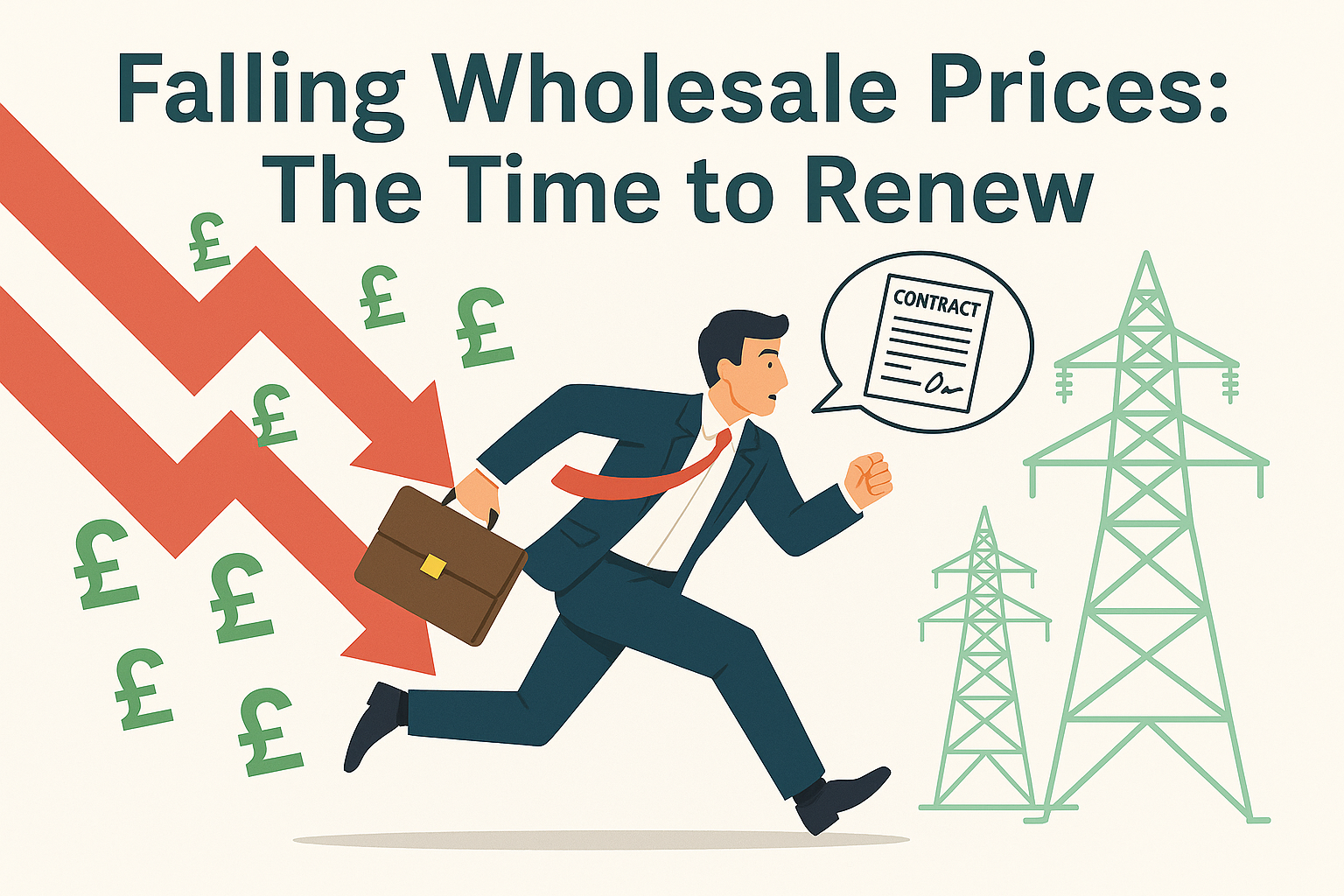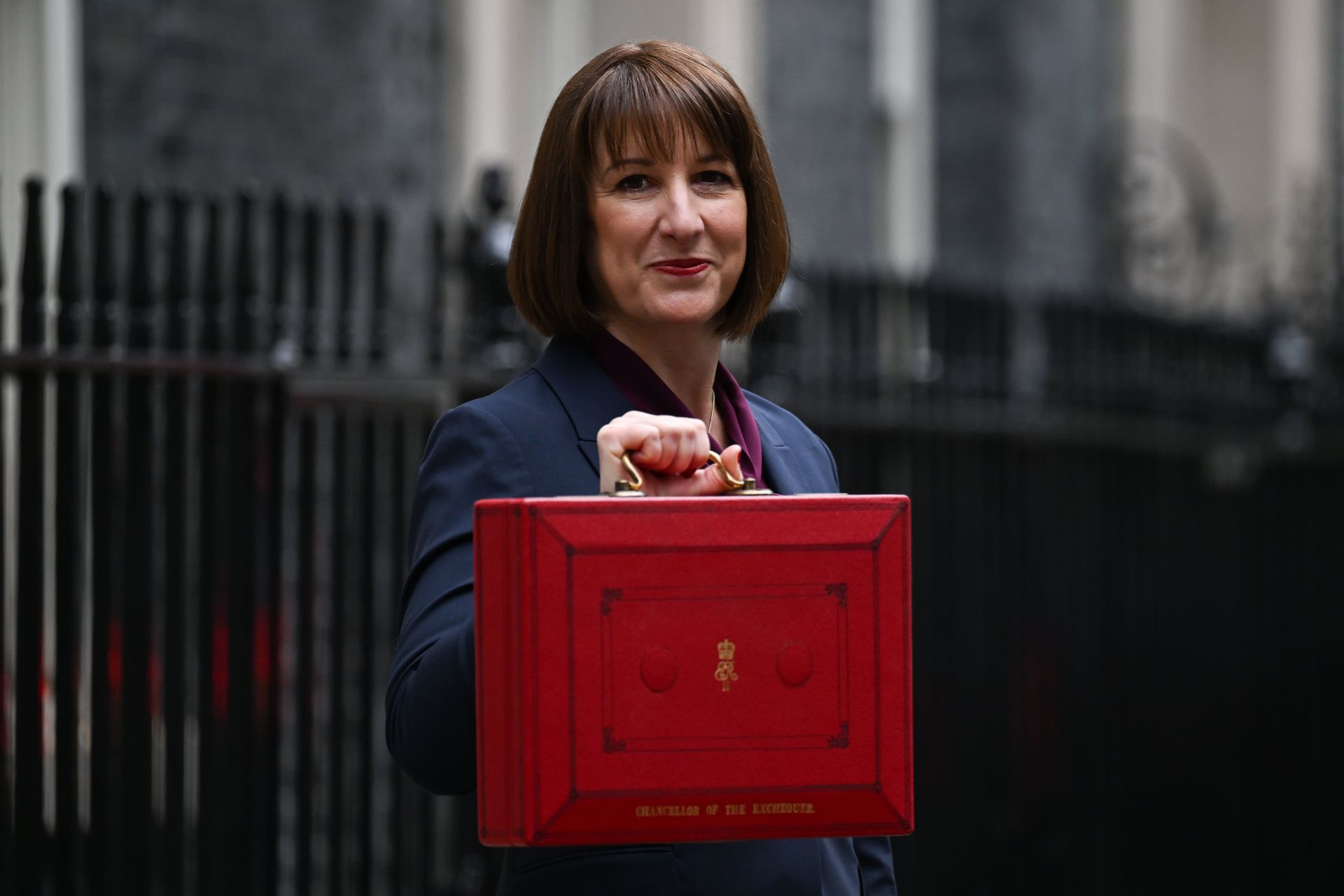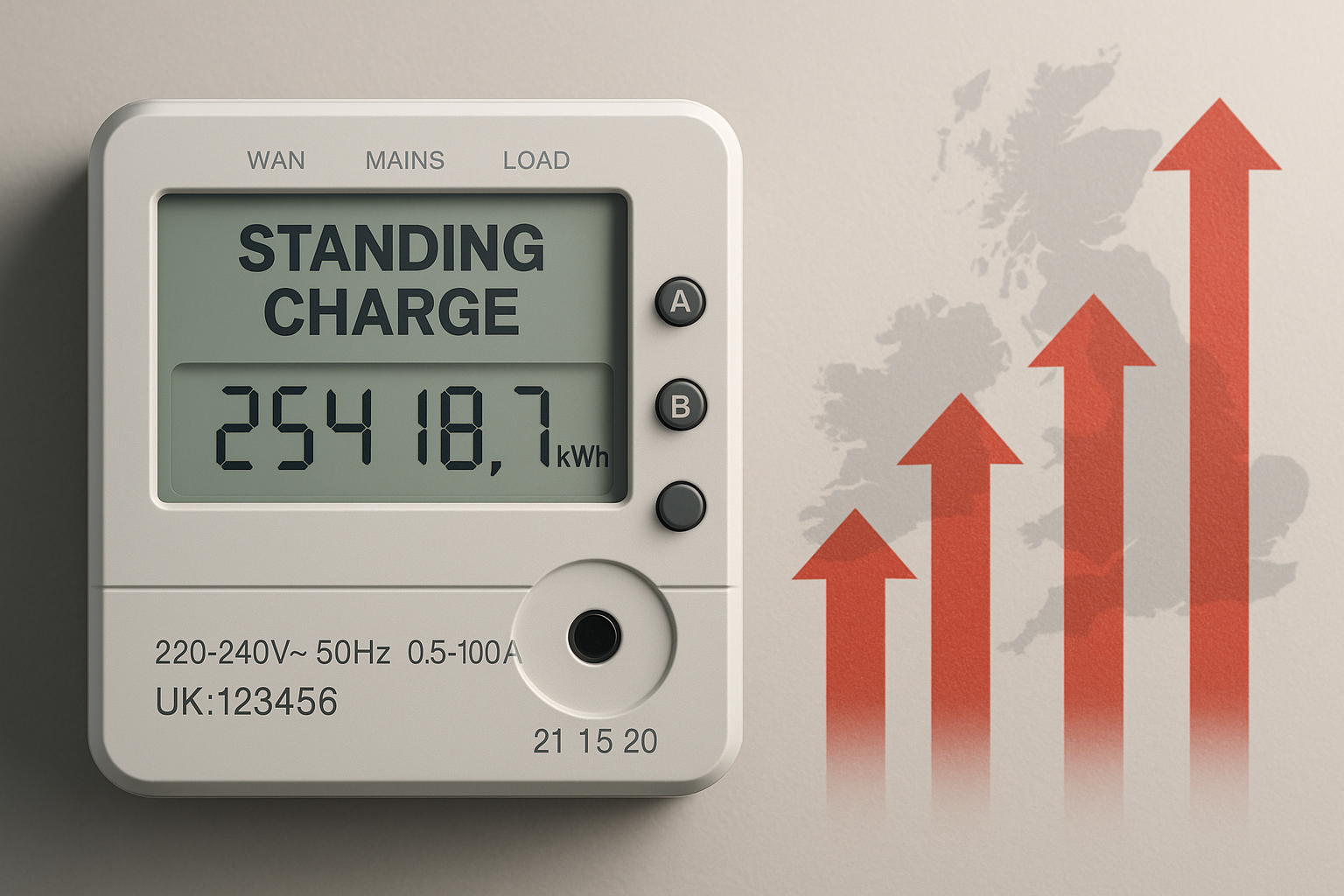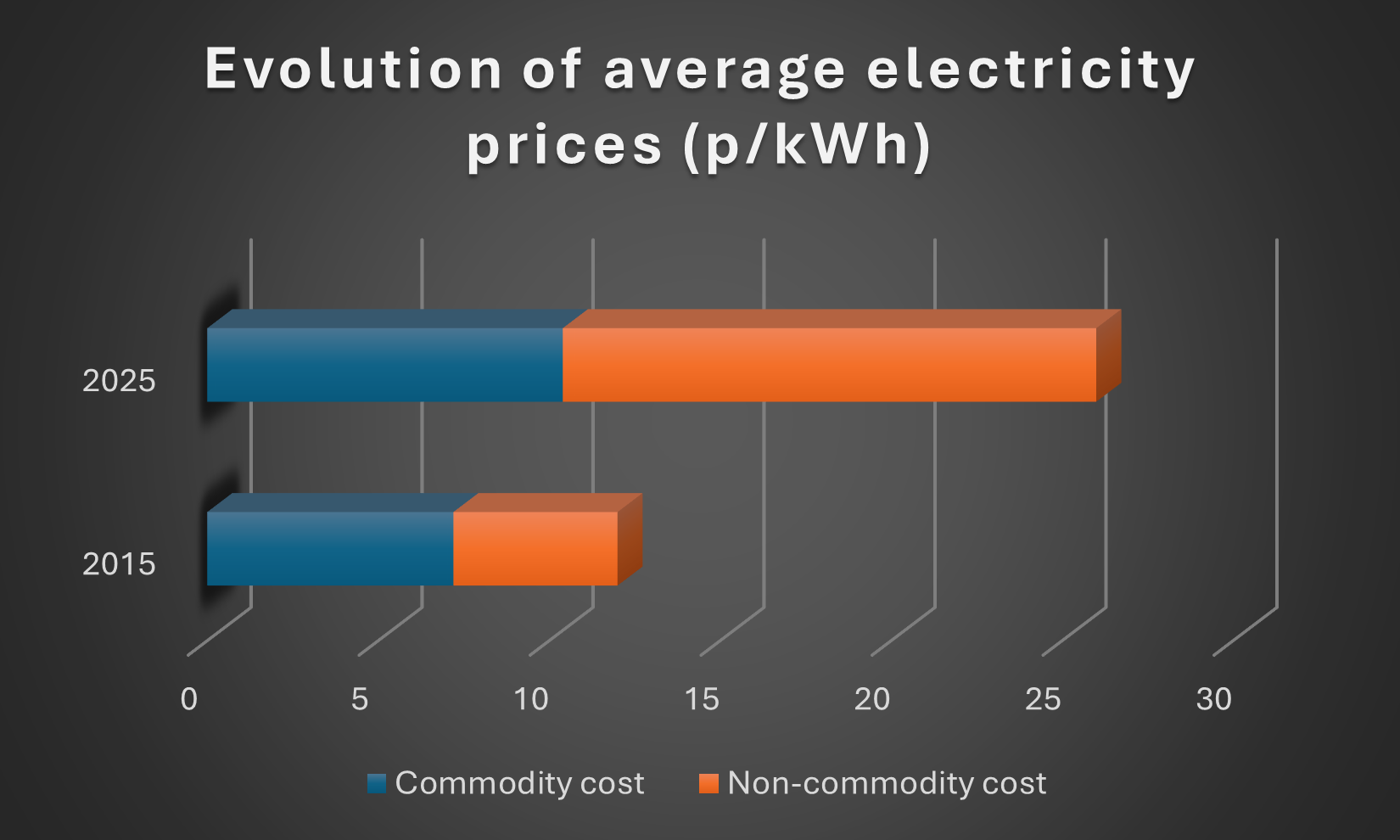February 2025 Review
February Review
By Adam Novakovic
With consumer spending declining and OFGEM raising their price cap, you would be forgiven for seeing February as a month where negative news was at the forefront, but in the energy markets, this was not the case.
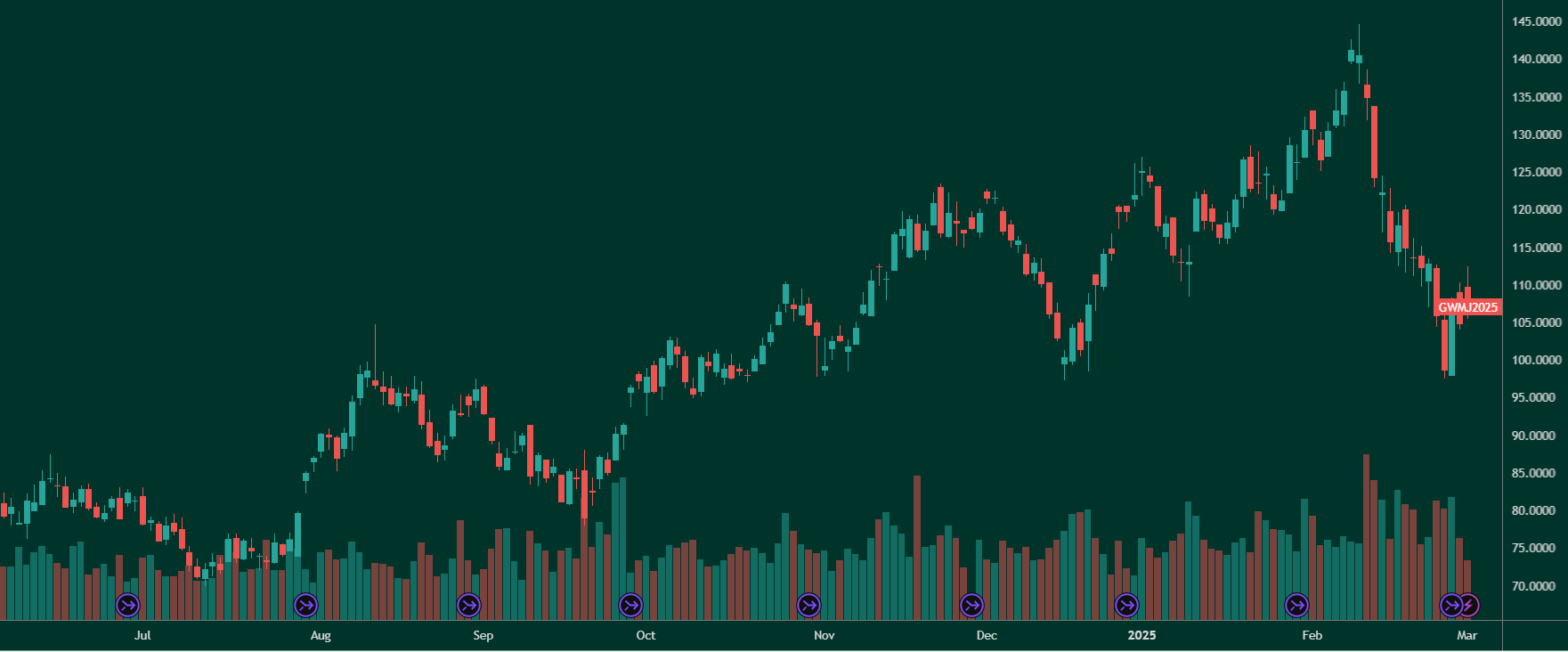
In the day ahead market, gas prices started the month at 134.5p/therm, peaking at 145.5p/therm on February 10th. However, they would end the month at 109.7p/therm, representing a 18.44% drop from the start of the month. These drops were seen across multiple markets with electricity for Summer’25 dropping 14.36% and gas prices dropping by 15.89% for the same period. The difference between the monthly high for Summer’25 Electricity (£107/MWh) and the monthly low (£82.23/MWh) is almost £25/MWh, which, for a business that consumes 5GW during the Summer, would equate to a difference of over £120,000.
This highlights the importance of timing when to arrange your future energy contracts and ensuring you are on the best tariff for your business. If you require any advice regarding how to get the best deal on your energy contracts, contact us at info@seemoreenergy.co.uk for free advice from experts with decades of experience in the UK energy markets.
January ended with fears surrounding European gas reserve levels and the impact mandated purchases would have on global gas markets. Some reprieve was offered in the form of above normal temperatures being forecast for February. Warm winds from the North Atlantic would bring drier and milder-than-usual weather for this time of the year, lowering the expected consumption for the month.
While the weather was a welcome short-term boost, numerous EU nations were pushing back on the mandated gas reserve levels which would inevitably force EU nations into bidding wars and raise the wholesale gas prices.
A group of nations, including Austria, France, Germany and the Czech Republic, requested that the gas reserve targets be relaxed. The rules, which require all EU nations have gas reserves at 90% of capacity by November 1st, are set to expire at the end of 2025, however, the European Commission have said they would like to extend the mandate.
After energy prices had steadily risen at the start of February, prices would drastically fall from the 12th. This was a result of the US beginning talks with Russia regarding the cessation of hostilities with Ukraine. Previously the US had been providing significant funds to Ukraine, allowing for a prolonged conflict. The prospect of a peace deal being achieved was enough to cause energy prices to fall. If peace could be achieved, it would seem highly likely that Russian gas could once again be sold to Europe and European nations would have an alternative to LNG shipments.
This combination of EU demand potentially being lowered, and a possible large increase to the available gas supply led wholesale prices to drop almost 30% between the 12th and the 25th. However, OFGEM announced that the domestic price cap was set to rise by 6.4% in April, directly impacting households on variable tariffs and highlighting that there is still a negative sentiment within the energy industry.
Outlook
The energy markets look set to remain volatile in the short-term. Friday’s controversial encounter between Trump and Zelenskyy has only added to the uncertainty around any potential peace deal for Russia and Ukraine. If a cease fire could be agreed, then it seems highly probable that we will see further price decreases, but should we see the end of peace-talks, it seems almost certain that prices will quickly rise.
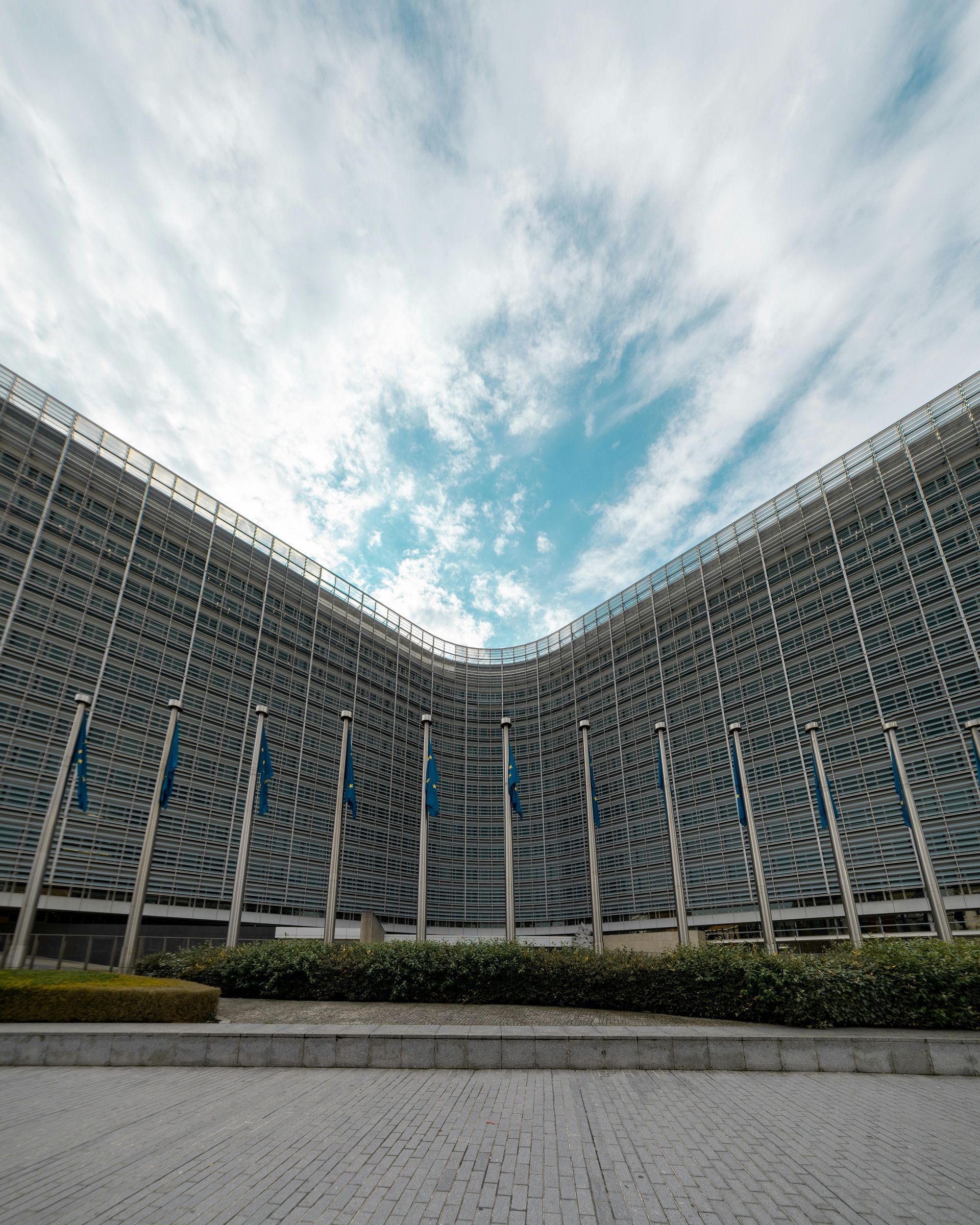
The European Commission has shown a willingness to be flexible in terms of intermediate gas reserve targets after the previously mentioned pushback. Further announcements, with concrete targets, are expected before the end of March. The levels of leniency shown by the commission will likely have a direct impact upon the wholesale prices.
With UK energy prices being kept high by a reliance on LNG, it seems as though there is now a renewed focus on moving away from Natural Gas. While renewables have not had the impact many had initially anticipated, nuclear energy remains the most reliable way of producing cheap, low-carbon energy. The government have indicated they are looking at smaller modular reactors as the quickest way to reduce energy costs in order to achieve their targeted energy prices by 2030. Whilst it would be years before there is any impact from new reactors, it offers some hope that the energy issues of the past few years may not be set to repeat, and UK energy prices won’t remain at the mercy of geopolitical events.
If your business requires advice with its energy procurement, management, or planning, then don’t hesitate to contact Seemore Energy to speak to experienced advisors who can help you with bespoke strategies and advice that is tailored to your needs.
